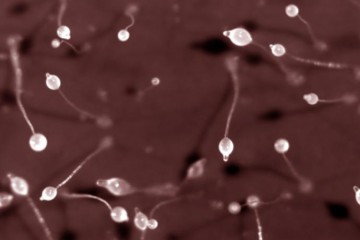CRACK IT Solution
An early screen for emetic liability of NCEs using the amoeba Dictyostelium

At a glance
Completed
Award date
July 2013 - January 2014
Contract amount
£30,000
Contractor(s)
R
- Reduction
